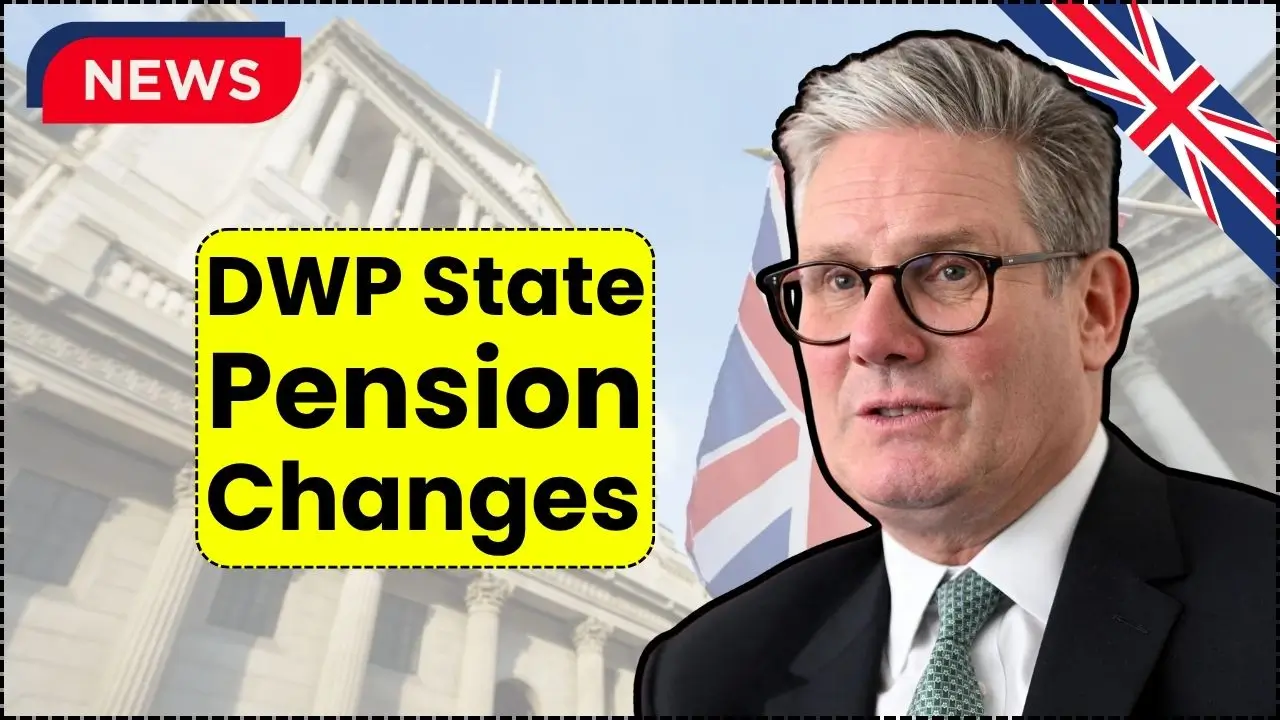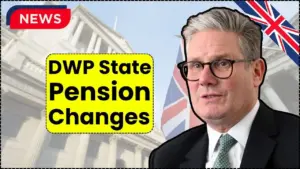The long‑standing UK framework still anchors renewal at 70, followed by a three‑year cycle, with fitness to drive based on health and eyesight rather than age alone. DVLA Warns UK Drivers 57 and Older is a headline that has surged in recent weeks, yet it has mostly amplified confusion rather than clarity. If you’re in your late fifties or sixties, compliance simply means carrying on as normal, keeping your licence valid, staying insured, maintaining your vehicle, and notifying DVLA about any notifiable medical conditions. DVLA Warns UK Drivers 57 and Older is not a literal new legal threshold; it’s a reminder to stay aligned with the rules that actually exist.

DVLA Warns UK Drivers 57 and Older resonates because it blends concern with uncertainty, but the essentials haven’t changed: no early renewal, no automatic medicals, no special 57–69 testing window. If you’re under 70, follow the usual rules drive safely, keep your documents up to date, and disclose relevant health issues when they arise. When you approach 70, prepare for the standard renewal, which remains straightforward and is designed to keep safe, independent motorists on the road. Treat viral posts with care and cross‑check claims with official guidance, not recycled headlines.
Table of Contents
DVLA Warns UK Drivers 57 and Older
| Point | What you need to know | Status |
|---|---|---|
| Renewal age | First licence renewal is at 70, then every 3 years | Confirmed policy |
| Rules for 57–69 | No special renewal or mandatory medicals based on age | No change |
| Where to check | Official renewal guidance and service pages | Recommended source |
| Reminders | Renewal notices typically arrive near the 70th birthday | Common practice |
| Medical duty | Notify DVLA of relevant conditions at any age | Ongoing requirement |
What’s Actually Changed and for Whom
- The UK does not impose an upper age limit for driving, and the emphasis is still on medical fitness and eyesight standards rather than a hard age cutoff. What has gained more visibility this year is a tighter spotlight on healthy, safe driving for older motorists, especially at the familiar 70‑plus renewal points. That visibility has led some to assume earlier thresholds exist, but they do not.
- For drivers over 70, renewal can involve clearer health declarations and a sharpened focus on vision standards, reinforcing safety without penalising those who remain fit to drive. For anyone 57–69, none of these check‑ins are triggered by age alone, and nothing in current rules shifts the renewal milestone below 70.
The Truth About the “57 and older” Claim
- The 57+ narrative took off because it sounds plausible: people know renewal changes at 70, so it’s easy to believe the bar might have moved earlier. In reality, there is no two‑year renewal at 57, no blanket medical exam mandate at 57, and no hidden “compliance” window for drivers in their late fifties or sixties. The practical, legal signal for most routine drivers is still the 70th birthday.
- This matters because unnecessary panic leads to poor decisions rushing to pay third‑party services, sharing misinformation, or assuming driving rights are being curtailed based on age alone. Staying with the official framework keeps you compliant without the stress.
What Drivers Aged 57-69 Should do now
Carry on as usual. Make sure your licence, insurance, tax, and MOT (if applicable) are current, and keep your vehicle roadworthy. Schedule routine eye tests as part of good driving practice and notify DVLA promptly if you develop a notifiable medical condition that may affect your ability to drive. If you’re in your mid‑to‑late sixties, it’s sensible to bookmark the official renewal pages and set a calendar reminder to check the process as you approach your 70th birthday. That way, you’ll glide into renewal on time, with the documents and health confirmations you need.
Over‑70 Changes: What to Expect in 2025
- At 70, you renew your licence, and then every three years thereafter. The process is typically fast online, with postal routes available if preferred. Expect continued emphasis on confirming that you meet eyesight standards and on accurate health self‑declarations, particularly for conditions that can change over time.
- In specific medical scenarios, DVLA can issue shorter‑duration licences to monitor a condition without removing driving rights. That’s an individualised, safety‑first approach not a blanket clampdown and it aligns with the UK’s principle that safe, fit drivers should keep their independence.
Medical Notifications: Unchanged Principle at Every Age
- Age‑based renewal is very different from condition‑based notification. The duty to tell DVLA about certain medical conditions applies at any adult age, and it’s critical both for safety and for your insurance. Conditions can include eyesight issues, some neurological diagnoses, and other health changes that affect driving.
- Good record‑keeping letters from specialists, test results, and regular check‑ups—helps you stay compliant and reduces friction if DVLA requests information. None of this is new, and none of it is tied to being 57, 62, or 65; it’s about ensuring you remain safe behind the wheel.
How to Verify Official Requirements
The single most reliable place to verify requirements is the official renewal and guidance pages. If a claim doesn’t match what’s published there, treat it as unverified until proven otherwise. Avoid third‑party websites that charge fees for processes that are free, or that use branding designed to look like the real thing. If a sensational headline claims brand‑new obligations for drivers 57 and older, check the date, look for official confirmation, and be cautious about sharing it. In nearly every case, you’ll find the core rules haven’t changed: renewal at 70, then every three years, and medical notifications when relevant.
Practical steps that Help Right Now
- Create a simple checklist for licence, insurance, MOT, and tax dates, and review it twice a year.
- Book regular eye tests and keep copies of your prescriptions or optometrist notes with your driving documents.
- If you manage a health condition, keep a concise summary and your clinician’s latest letter handy in case DVLA requests details.
DVLA Warns UK Drivers 57 and Older
- DVLA Warns UK Drivers 57 and Older has become a widely shared phrase, but it does not signify a new legal trigger or surprise renewal point for people in their late fifties or sixties. The rules you actually need to follow have not shifted: if you’re under 70, there is no special age‑based renewal, and you only engage DVLA medically when a notifiable condition affects driving. The sensible move is to keep your documents current, stay on top of routine eye care, and keep an eye on official guidance as you approach 70. That’s it steady, simple, and far less dramatic than the headlines suggest.
- DVLA Warns UK Drivers 57 and Older is best read as a reminder to stay informed, not as evidence of a new rule. Keep driving legally, maintain your vehicle, disclose notifiable medical issues promptly, and plan for your first renewal at 70 with three‑year validity thereafter. If a claim sounds urgent and unusual, verify it against official guidance before acting.
FAQs on DVLA Warns UK Drivers 57 and Older
Are there new DVLA rules for 57+ drivers in 2025?
No. There’s no special 57–69 renewal or automatic medical testing. The first renewal remains at 70, followed by renewals every three years, with medical self‑declaration required if a relevant condition affects your driving.
When should I start preparing for licence renewal?
Within 90 days of turning 70 is ideal. Use the official online service where possible, and check eyesight and any notifiable conditions in advance so you can complete the forms accurately.
How do I avoid DVLA renewal scams?
Use official government pages only. Be wary of websites charging for over‑70 renewals, countdown timers, or branding designed to mimic official services.
Can I renew by post instead of online?
Yes. While online is usually faster, postal routes remain available. Follow the instructions on the official forms or website and allow extra time for delivery and processing.
















